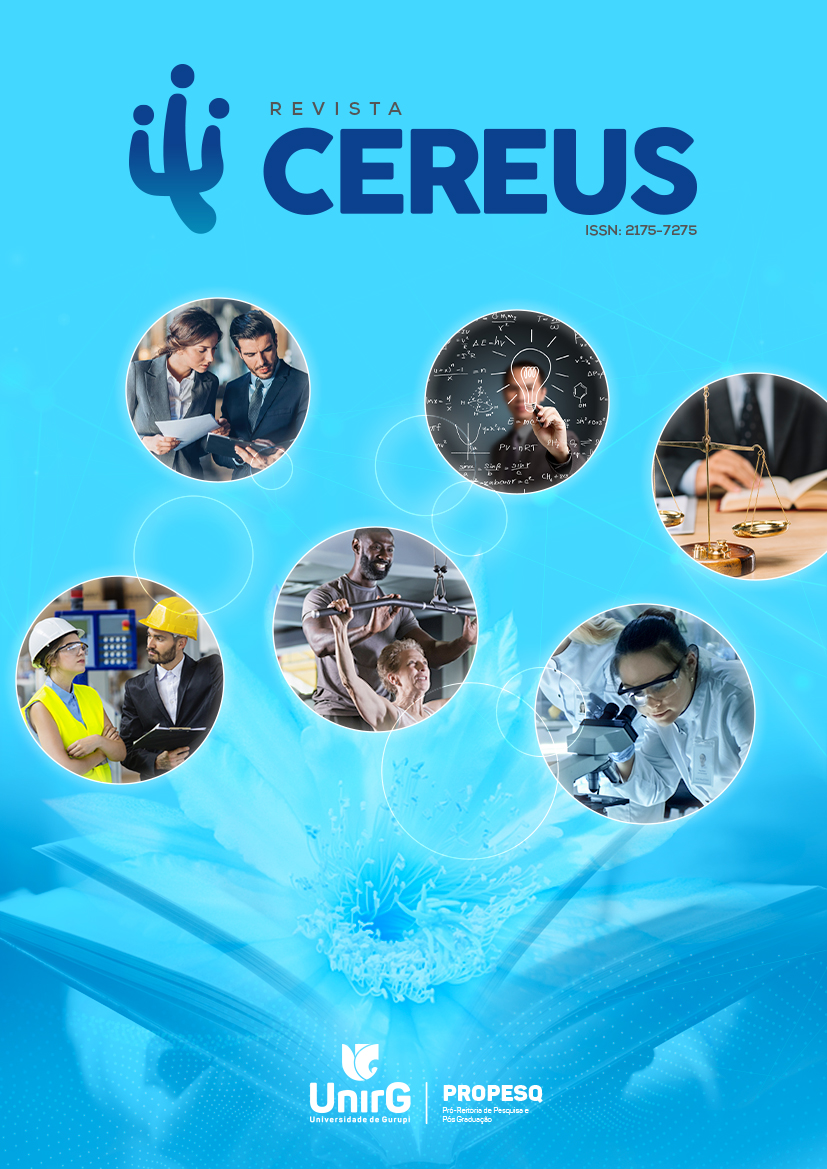Sintomas Físicos e Psicoemocionais de Adultos Praticantes de Exercício Físico acometidos pelo Vírus SARS-CoV- 2 no Contexto Pós Pandêmico.
Abstract
The infection by the SARS-CoV-2 virus caused physical sequelae such as fatigue, headaches, and psychoemotional dysfunctions. The stress context associated with social isolation also triggered and/or worsened psychological symptoms such as stress and anxiety. The uncertainty and fear of death present during the pandemic led to the manifestation of Post-Traumatic Stress Disorder (PTSD). Given this association of manifestations, the objective was to compare physical symptoms, psychoemotional issues, and post-traumatic stress in young adults affected by COVID-19 and a healthy group. This was an analytical cross-sectional study conducted in the metropolitan region of Goiânia, approved by the Ethics Committee. Thirty-five volunteers responded to questions about post-COVID-19 symptoms and post-traumatic stress, using the Impact of Event Scale, with a significance level of p<0.05. PTSD symptoms were more prominent in the SARS-CoV-2 group; however, both groups experienced physical and psychoemotional impacts in the pandemic context. Participants, regardless of viral infection, reported physical symptoms such as headaches, shortness of breath, and fatigue. Post-COVID symptoms are associated with an increased risk of severe disease conditions, with a higher tendency toward neuropsychiatric symptoms such as anxiety and depression, which tend to worsen over time. This highlights the importance of monitoring the mental health of COVID-19 survivors, particularly those with heightened sensitivity to behavioral mental health..
Copyright (c) 2025 REVISTA CEREUS

This work is licensed under a Creative Commons Attribution-NonCommercial-NoDerivatives 4.0 International License.
DECLARAÇÃO DE TRANSFERÊNCIA DE DIREITOS AUTORAIS
Os autores do manuscrito submetido declaram ter conhecimento que em caso de aceitação do artigo, a Revista Cereus, passa a ter todos os direitos autorais sobre o mesmo. O Artigo será de propriedade exclusiva da Revista, sendo vedada qualquer reprodução, em qualquer outra parte ou meio de divulgação, impressa ou eletrônica.


